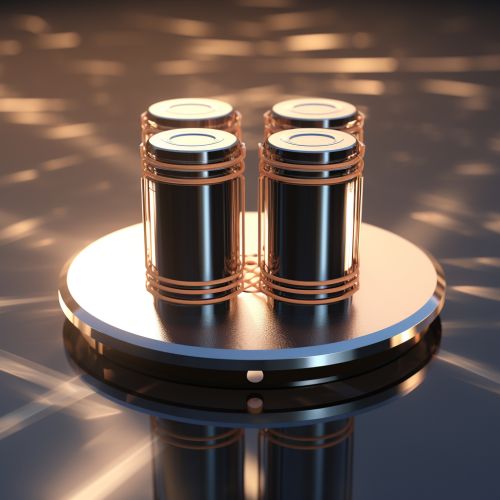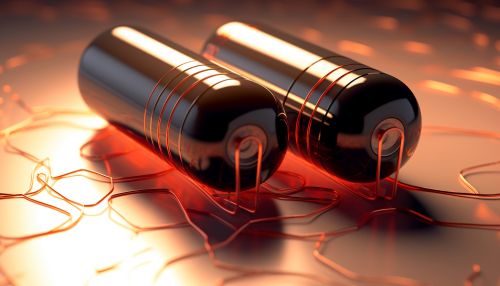Electrolytic capacitor
Introduction
An electrolytic capacitor is a type of capacitor that uses an electrolyte to achieve a larger capacitance than other capacitor types. Electrolytes are typically liquid or gel-like substances containing a high concentration of ions. They are used in the dielectric of the capacitor, which is the insulating material between the plates. Electrolytic capacitors are widely used in electrical and electronic circuits for various purposes, including filtering, decoupling, and energy storage.
Construction
Electrolytic capacitors consist of a cathode (the negative electrode), an anode (the positive electrode), and an electrolyte. The anode material is typically made of a metal with a high formation voltage, such as aluminum or tantalum. The cathode is usually made of a similar material or a conductive organic polymer. The electrolyte, which can be either a liquid or a solid, serves as the second electrode (cathode) of the capacitor.


Working Principle
The operation of an electrolytic capacitor is based on the phenomenon of electrolysis. When a voltage is applied across the electrodes, ions in the electrolyte move towards the electrodes of opposite charge. This movement of ions creates a layer of charge at the electrode-electrolyte interface, which serves as the dielectric layer of the capacitor. The thickness of this layer is very small, which allows for a large capacitance value in a small physical size.
Types of Electrolytic Capacitors
There are several types of electrolytic capacitors, including aluminum electrolytic capacitors, tantalum electrolytic capacitors, and supercapacitors. Each type has its own characteristics and applications.
Aluminum Electrolytic Capacitors
Aluminum electrolytic capacitors are the most common type of electrolytic capacitor. They are made of aluminum foil with an oxide layer as the dielectric. The electrolyte is typically a liquid or gel containing a high concentration of ions. Aluminum electrolytic capacitors are widely used in power supplies, amplifiers, and various electronic devices due to their high capacitance values and low cost.
Tantalum Electrolytic Capacitors
Tantalum electrolytic capacitors use tantalum metal for the anode and a tantalum oxide layer as the dielectric. They are known for their high stability, reliability, and excellent temperature characteristics. However, they are more expensive than aluminum electrolytic capacitors.
Supercapacitors
Supercapacitors, also known as ultracapacitors or electrochemical capacitors, are a type of electrolytic capacitor that can store a large amount of energy. They have a much higher capacitance value than other types of capacitors, which makes them suitable for energy storage applications.
Applications
Electrolytic capacitors are used in a wide range of applications due to their high capacitance values. They are commonly used in power supplies for filtering and decoupling purposes. They are also used in audio amplifiers for coupling and decoupling signals. In addition, they are used in energy storage systems, such as uninterruptible power supplies (UPS) and electric vehicles, due to their ability to store a large amount of energy.
Advantages and Disadvantages
Like all components, electrolytic capacitors have both advantages and disadvantages. Their main advantage is their high capacitance value, which allows them to store a large amount of energy. They also have a relatively low cost, especially for aluminum electrolytic capacitors. However, they have a limited lifespan, especially when operated at high temperatures. They also have a relatively high equivalent series resistance (ESR), which can limit their performance in high-frequency applications.
